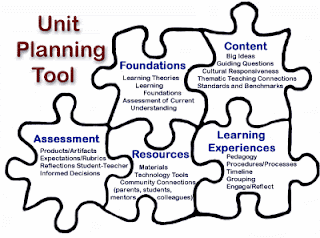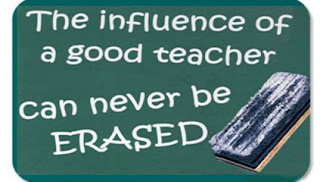- Effective questioning goes a long way in the classroom.
- Questions are used to assess the knowledge of students, create interest, and develop a relationship between concepts. There are different ways to ask questions depending on the response you want to receive. They can be open ended, divergent, and convergent questions. I have already began using these to create my lesson plans. When I think of a great probing questions for discussion, I write it in the plan in the section that it goes with. It is best to think of these questions before hand.
- Maximizing student participation
- Some ways to gain student participation through questioning are to call students by name, ask questions throughout the lesson, randomly select students to answer. Calling students by name gives them a sense of belonging instead of just being a number. Asking probing questions throughout keeps the attention of the students and breaks up the lesson from just lecturing. Randomly choosing those students to answer the questions will prevent intimidation of others. Maximizing student participation will bring more discussion to the table. I plan to use these techniques throughout labs and student teaching.
- Experiments as a teaching technique
- Experiments can be used to solve a problem. They can be individual or classroom conducted. This teaching technique allows students to plan by collecting materials and outlining the procedures. This is a technique I will be using in the classroom when student teaching. I want students to experiment with how amperage affects a weld's strength. Students will also be experimenting in the advanced single cylinder engines course. They will have to tear down engines and figure out why it wouldn't run.

These readings have brought understanding to me about effective questioning and different teaching techniques. I have outlined just some ways of incorporating this new information to my lessons and cannot wait to use them!
Erin Yoest








